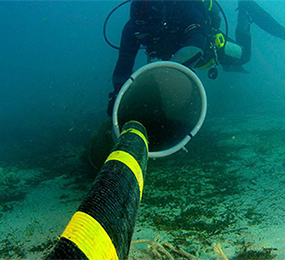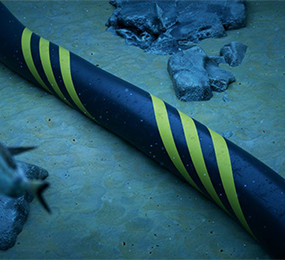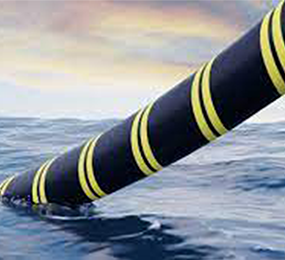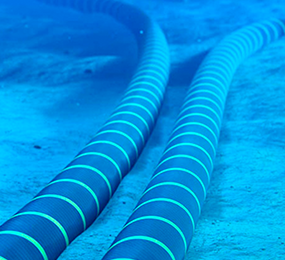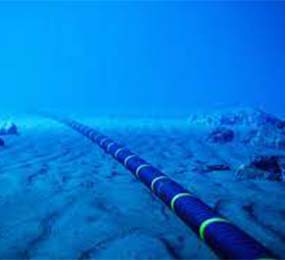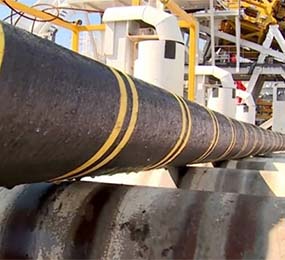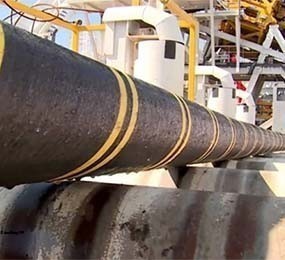The Economics of Submarine Power Cables
Submarine power cables are critical infrastructure for the energy transition. They enable the connection of offshore renewable energy sources, such as wind farms, to the mainland grid. However, these projects involve significant costs and complexities.
The primary costs of submarine cable projects include cable manufacturing, installation, and maintenance. The installation process is particularly expensive, requiring specialized vessels and equipment to lay the cables on the seabed. Additionally, there are environmental impact assessments, permitting, and potential seabed surveys to be considered.
Despite these substantial costs, submarine power cables offer numerous benefits. They facilitate the integration of renewable energy into the grid, reducing reliance on fossil fuels and greenhouse gas emissions. Furthermore, they enhance energy security by diversifying energy sources and enabling cross-border electricity trade. Economic benefits include job creation during construction and operation, as well as stimulating local economies.
In conclusion, while submarine power cable projects involve significant upfront investments, the long-term benefits in terms of clean energy, energy security, and economic growth make them a worthwhile endeavor. Careful planning, technological advancements, and cost-benefit analysis are crucial for the successful implementation of these projects.
Visit our website to know more: https://www.leadventgrp.com/events/4th-annual-submarine-power-cable-and-interconnection-forum/details
For more information and group participation, contact us: [email protected]
Leadvent Group - Industry Leading Events for Business Leaders!
www.leadventgrp.com| [email protected]


